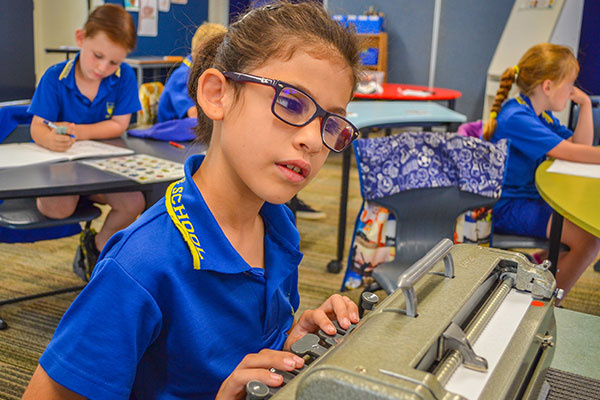
The policy of inclusion sounds noble and reasonable: all children are entitled to the same access to education, and children with additional support needs should not be stigmatised by being educated separately from their peers.
The reality is somewhat more complex. Schools that were dedicated to children with additional support needs (ASN schools) provided a hub of expert support. With the policy of inclusion, this expertise became dispersed, so that diluted provision must be shared between many schools. As a result, mainstream class teachers are faced with classes that include children with diverse additional support needs, without the benefit of adequately trained support staff and a dearth of opportunities for their own continuing professional development in this area.
ASN support has two main aims: to provide functional strategies including readily available and cost-effective technical solutions that help to overcome barriers to learning and to provide children with the skills and equipment they need to become independent learners.
With a background as a secondary school mainstream teacher, I moved to a secondary ASN school where I trained in teaching children with visual impairment. The school provided for additional support needs ranging from life-limiting conditions that impair communication and motor skills, to less obvious conditions like Cerebral Visual Impairment. All the conditions had resulted in the children being unable to access the curriculum in the mainstream setting.
I hope to offer some practical solutions for mainstream classroom teachers in this article.